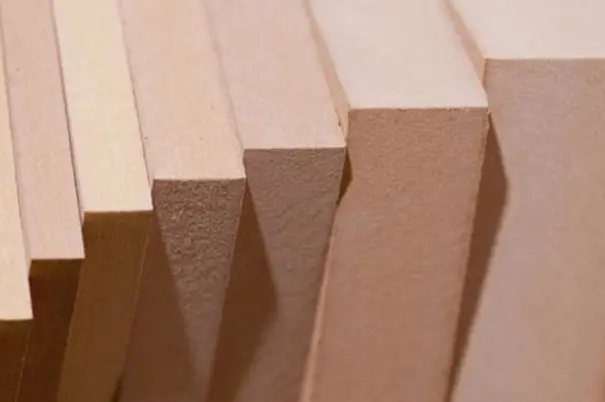Raw MDF: The Unsung Hero of DIY Projects
Have you ever embarked on a DIY project, only to get stumped by the overwhelming aisle of wood options at the hardware store? Plywood seems a little rough, solid wood can break the bank, and particleboard just feels…well, like particles. But fear not, fellow creator! There’s a hidden gem waiting to be discovered: raw MDF.
Raw MDF, or Medium-Density Fiberboard, might not have the charm of rustic barnwood, but it offers a unique set of advantages that make it a versatile and budget-friendly choice for a variety of projects. In this guide, we’ll delve into the world of raw MDF, exploring what it is, its strengths and weaknesses, and how you can unleash its potential in your next DIY masterpiece.
What is Raw MDF?
Imagine taking wood scraps, pulverizing them into fine fibers, blending them with a special resin binder, and then pressing them into flat panels under high heat and pressure. That, in essence, is the magic behind raw MDF. The result? A smooth, dense, and uniform board that’s perfect for countless applications.

Why Choose Raw MDF?
Here’s where raw MDF truly shines. Unlike its wooden counterparts, MDF offers several benefits that make it a DIY favorite:
Smooth Operator: Unlike plywood with its visible grain and potential for splintering, raw MDF boasts a flawlessly smooth surface. This makes it ideal for projects where a clean, painted finish is desired, like shelves, cabinets, or even decorative signs.
The Cutting Edge: MDF’s uniform density allows for clean and precise cuts. No more worrying about ragged edges or unpredictable grain patterns disrupting your design. You can use a jigsaw, router, or even a drill to create intricate shapes with ease.
Shape Up: Because of its compressed nature, MDF holds its shape exceptionally well. This makes it a great choice for curved cuts or applications where stability is important, like speaker boxes or furniture components.
Budget-Conscious Builder: Compared to solid wood, raw MDF offers significant cost savings. This allows you to stretch your DIY budget further, without compromising on quality or design.
Painterly Perfection: The smooth, absorbent surface of MDF makes it a dream to paint. Primer goes on evenly, and paint adheres flawlessly, resulting in a professional-looking finish.
Things to Consider with Raw MDF
While raw MDF is a fantastic choice for many projects, it’s important to be aware of its limitations:
Moisture Mizer: MDF isn’t a huge fan of water. Unlike some treated wood options, it can absorb moisture and swell, so avoid using it in areas with constant high humidity, like bathrooms or outdoor applications.
Weighty Issue: Due to its density, MDF can be heavier than some wood alternatives. This might be a factor to consider, especially for projects where weight is a concern.
Breathe Easy: The resin binder used in MDF can sometimes emit low levels of formaldehyde. While generally safe for indoor use with proper ventilation, it’s a good idea to choose MDF that complies with CARB (California Air Resources Board) emission standards for added peace of mind.
Post time: 06-07-2024











